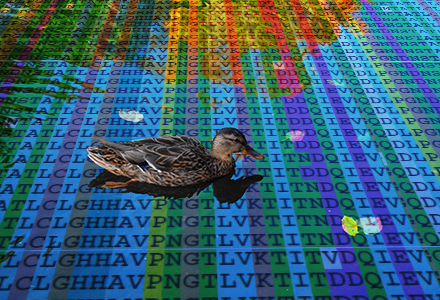Abstract
Understanding the impact of vaccination in a host population is essential to control infectious diseases. However, the impact of bait vaccination against wildlife diseases is difficult to evaluate. The vaccination history of host animals is generally not observable in wildlife, and it is difficult to distinguish immunity by vaccination from that caused by disease infection. For these reasons, the impact of bait vaccination against classical swine fever (CSF) in wild boar inhabiting Japan has not been evaluated accurately. In this study, we aimed to estimate the impact of the bait vaccination campaign by modelling the dynamics of CSF and the vaccination process among a Japanese wild boar population. The model was designed to estimate the impact of bait vaccination despite lack of data regarding the demography and movement of wild boar. Using our model, we solved the theoretical relationship between the impact of vaccination, the time-series change in the proportion of infected wild boar, and that of immunised wild boar. Using this derived relationship, the increase in antibody prevalence against CSF because of vaccine campaigns in 2019 was estimated to be 12.1 percentage points (95% confidence interval: 7.8-16.5). Referring to previous reports on the basic reproduction number (R0) of CSF in wild boar living outside Japan, the amount of vaccine distribution required for CSF elimination by reducing the effective reproduction number under unity was also estimated. An approximate 1.6 (when R0 = 1.5, target vaccination coverage is 33.3% of total population) to 2.9 (when R0 = 2.5, target vaccination coverage is 60.0% of total population) times larger amount of vaccine distribution would be required than the total amount of vaccine distribution in four vaccination campaigns in 2019.
